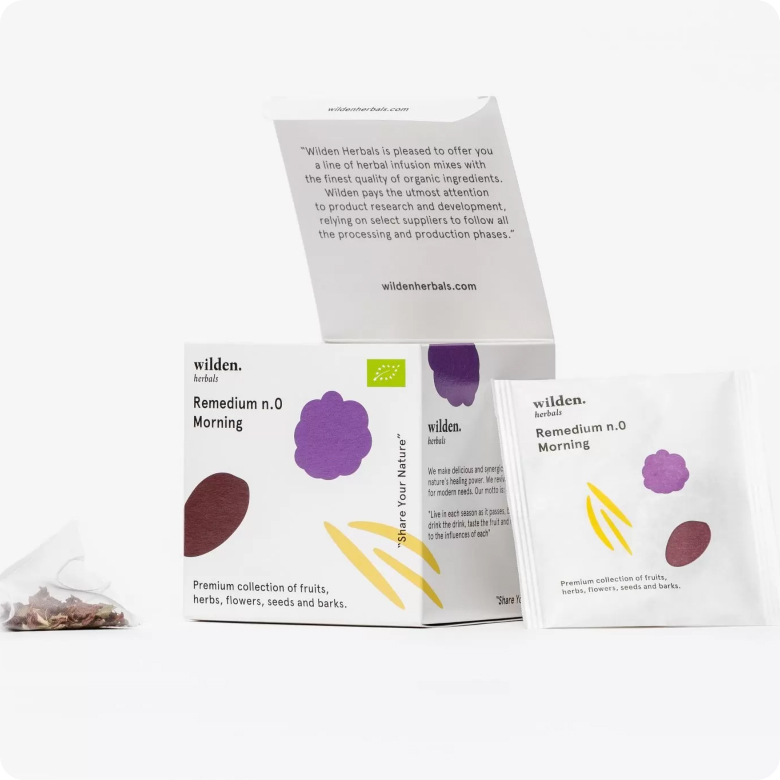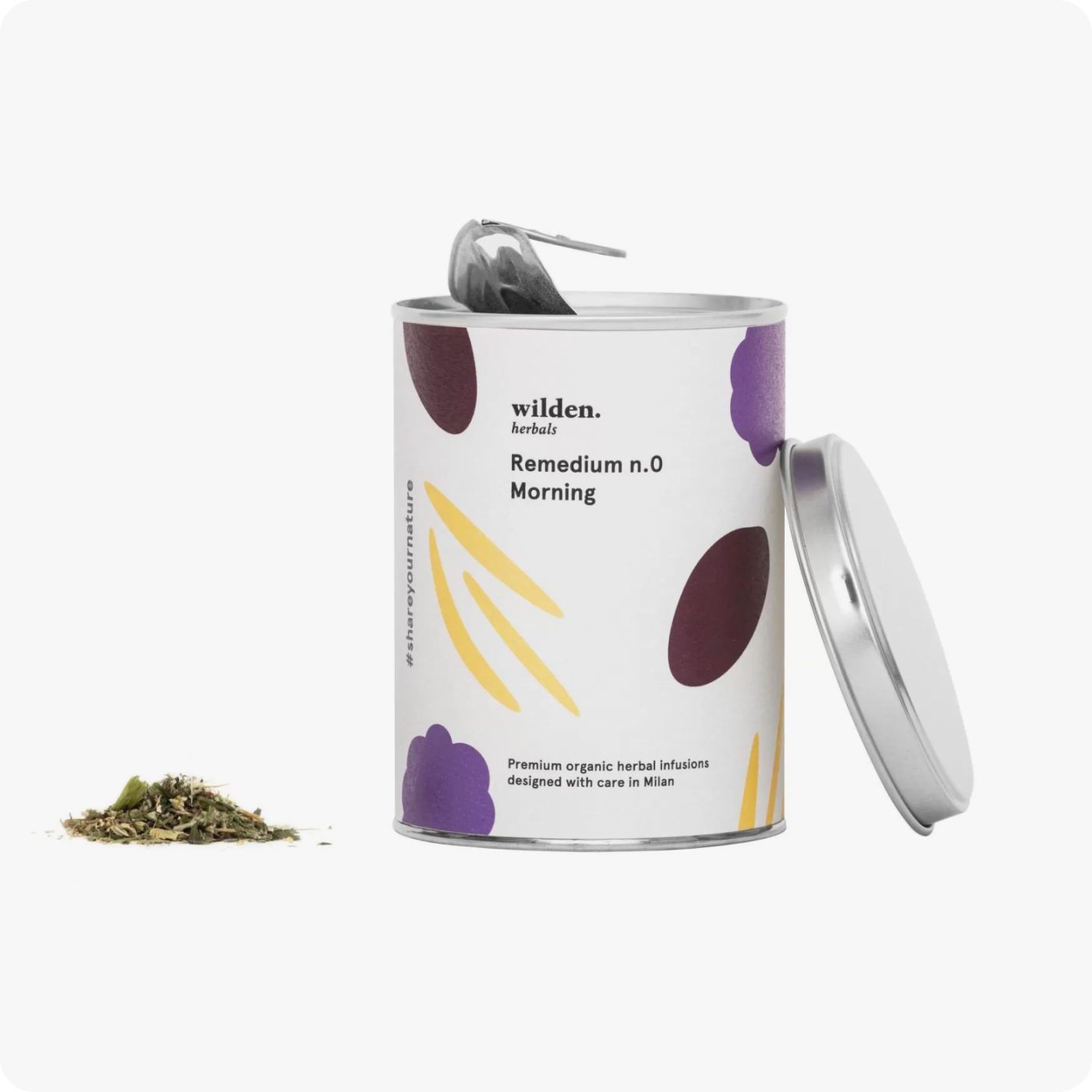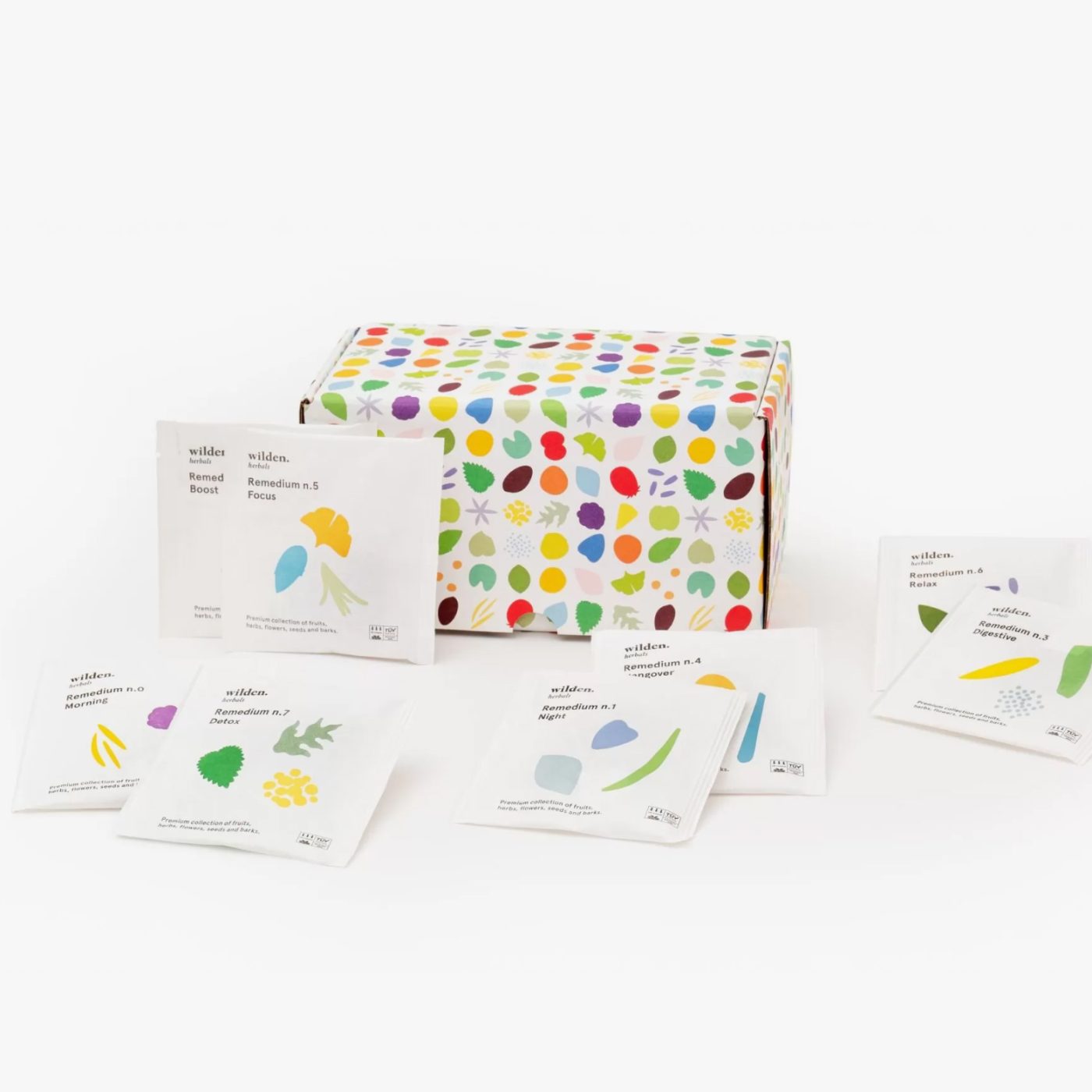The orange goddess: uses, benefits and history of the orange
Juicy, sweet and with a hint of acidity, theorange is not just a riot of flavor. Learn about the history , uses and benefits of a citrus fruit with a history dating back thousands of years.
Table of contents:
What is sweet orange?
Where did the sweet orange originate?
Is sweet orange good for you?
What is sweet orange used for?
Interesting facts about sweet orange
What is sweet orange?
Thesweet orange (Citrus sinensis) is a fruit tree in the large Citrus family, a true lineage that groups citrus fruits. Not to be confused with the bitter orange, the sweet orange belongs to the Rutaceae family and is called sweet orange precisely to distinguish it from the bitter orange. Born from the union of pomelo and mandarin, this fruit grows as an independent species and is propagated by grafting and cuttings. The sweet orange tree immediately evokes warm climates and bright colors, like that of Trinacria, among its fragrant orange blossoms and, indeed, its juicy fruit. However, not everyone knows that a sweet orange tree can reach up to 12 meters in height.

Where did the sweet orange originate?
Of Asian origin, specifically China and Southeast Asia, thesweet orange came to the old continent via the Silk Road (dating back to the first century AD). Easily established in the warm and welcoming climate of Sicily, its spread stopped there. In fact, it would take until the 14th century AD for the sweet orange to spread throughout Europe, thanks to Portuguese sailors who discovered it and spread it everywhere.
At present, thesweet orange is the most popular citrus fruit in the world, and there are numerous varieties of it; think about it, we talk about hundreds of types of oranges. Both blond and red oranges, which are characterized by a darker color and a more sugary taste, are found on the market, to which numerous subgroups belong. A word of advice: be wary of large, beautiful sweet oranges and prefer more modest ones, as they will have more juice to squeeze.
In Italy alone, there are more than twenty varieties of oranges that are grown as table fruit, and there are just as many varieties of fruit with which you can make excellent orange juice.
Blonde-fleshed oranges are also often used for juice production and, to a lesser extent, for candied fruit and dried fruit.
Is sweet orange good for you?
Moms always say it: an orange keeps colds away and relieves flu symptoms. A true concentrate of vitamin C, orange finds enormous use in numerous areas: it has sweetening, tonic and stomachic action. Widely used in galenic technique and the pharmaceutical industry as a corrective and flavoring agent, it also finds a place in the confectionery and liquor industry, not to mention the cosmetic industry where creams promising vitamin C-based miracles abound. Common belief when it comes to the orange is that most of the vitamin C is found in the juice, which actually contains only 25 percent. The real wealth, however, is found in thealbedo-that is, the white, spongy part of the fruit, which is often thrown away.

What is sweet orange used for?
In addition to flavoring sweets and perfuming the skin, sweet orange is very useful in cases of insomnia and stress. In fact, sweet orange essential oil has an antispasmodic action, which is especially useful in cases of stress and particularly intense physical activity, sedative anti-insomnia and digestive, useful in cases of meteorism. Rich in citroflavonoids, sweet orange is an excellent ally in cases of capillary fragility, as well as having always been used in the cosmetics industry for its smoothing anti-cellulite function. And precisely because it is a vitamin concentrate with tonic power, Wilden.herbals chose sweet orange to make up two of its sweet orange infusions. Present in both the Remedium No. 4 – Hangover and in both the Remedium No. 2 – Boost, two seemingly antipodean herbal teas, sweet orange has one goal: to invigorate the body and boost the immune system. Find out where to find sweet orange here.
Interesting facts about sweet orange
In ancient times, to aid digestion after a meal, people used to consume what is known as “capillaire,” a very long coffee with lemon or orange peel added. Incredible, isn’t it?
Oranges are also present in mythology and, to be precise, in the wedding of Juno and Jupiter. In fact, legend has it that on the big day, the goddess brought precisely oranges as a dowry, as a symbol of love and fertility. So beware of giving oranges to girlfriends, they might misunderstand you or on the contrary appreciate them quite a lot!
Sitography
https://www.torrinomedica.it/piante-medicinali/aranciodolce/
https://www.cure-naturali.it/enciclopedia-naturale/rimedi-naturali/oli-essenziali/olio-essenziale-arancio-dolce.html
https://www.fruitime.it/curiosita/sullarancia/
https://www.cure-naturali.it/enciclopedia-naturale/rimedi-naturali/oli-essenziali/olio-essenziale-arancio-dolce.html









